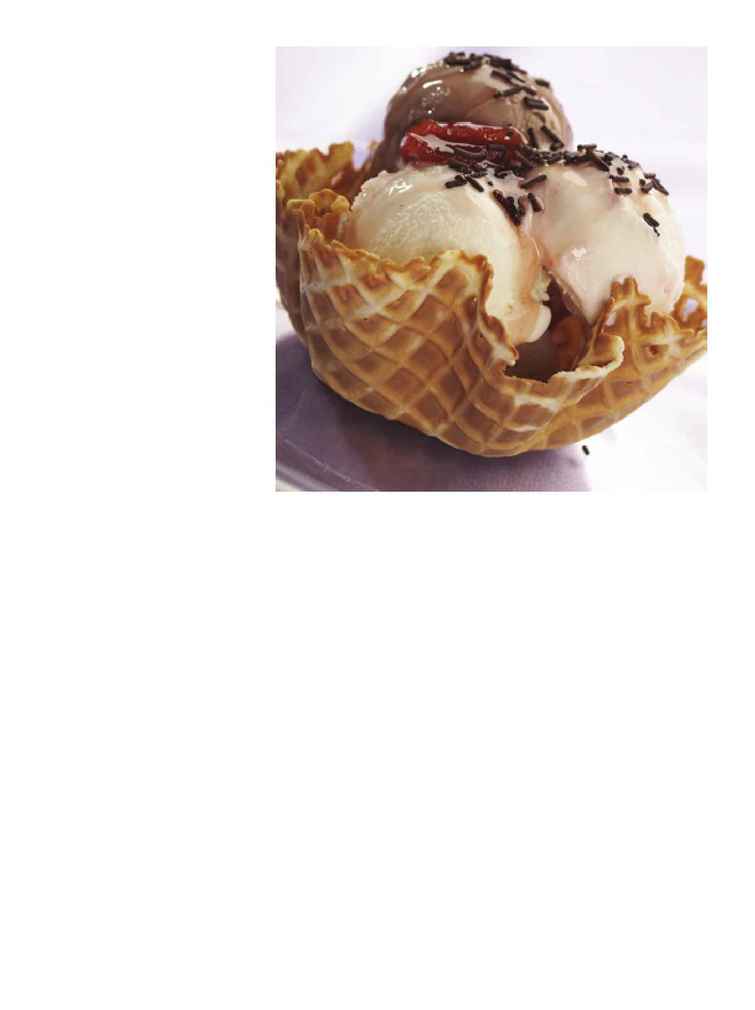
GI and satiety
A growing number of studies sug-
gest that reducing the glycemic impact
of the diet may help consumers eat
fewer calories, although not all investi-
gators and reviewers reach the same
conclusion. Studies undertaken include
short-term assessments using visual
scales and ad libitum food intake,
and long-term studies focusing on
weight loss.
Two recent papers addressed the
question of whether obese patients
should be counseled to follow a low-GI
diet. In one favorable review, the
authors noted that the reduction in fat
intake widely advocated in the preven-
tion and treatment of obesity has the
potential to encourage compensatory
increases in the consumption of high-GI
carbohydrates. Short-term feeding stud-
ies generally show an inverse associa-
tion between GI and satiety. Medium-
term clinical trials show less weight loss
on high-GI/GL diets compared to low-
GI/GL diets. Epidemiological analyses
link GI to multiple cardiovascular dis-
ease (CVD) risk factors and develop-
ment of CVD and type 2 diabetes.
Physiologically oriented studies in
humans and animal models provide
support for a role of GI in disease pre-
vention (risk reduction) and treatment.
Another author concluded that obese
patients should not be counseled to fol-
low a low-GI diet, noting that low GI is
recommended in the management of
diabetes. A systematic review was
undertaken of intervention studies com-
paring high- and low-GI foods and diets
on appetite, food intake, energy expen-
diture and body weight. Of 31 short-
term studies, low GI was associated
with greater satiety, or reduced hunger,
in 15; no difference was seen in 16 (of
which two showed greater satiety with
high GI). Low-GI foods reduced ad libi-
tum food intake in seven studies, but not
in eight. In 20 longer-term studies,
weight loss occurred in four low-GI and
two high-GI trials, but it should be
noted that many of the diets were
isocaloric.
It must be acknowledged that the
impact of food intake on weight man-
agement is not an exact science, and it is
necessary to review the totality of avail-
able data before reaching conclusions.
At this time, the main body of informa-
tion linking glycemic response to
weight control does seem to favor a diet
reduced in glycemic response, com-
pared to our current norm.
The European perspective
There is growing awareness in
Europe of the concept of GI among
healthcare professionals and con-
sumers. The objective is to improve
understanding of glycemic control.
Media citations have become
frequent, particularly in the United
Kingdom, Germany and Scandinavia.
The following extract from "Slimmer
Start to the Day," which appeared in
the Nov. 4, 2003 Daily Mail, is typical:
"Experts at Oxford Brookes Uni-
versity calculated the glycemic
index (GI) of foods by comparing
the rise in blood glucose after
eating different types. They studied
children aged 9 to 12 and found
those who had a low-GI breakfast
ate more moderately for the rest
of the day. But those given high-GI
breakfasts were more likely to be
hungry by lunchtime."
In the United Kingdom, major
retailers have launched intensive cam-
paigns to raise public awareness of the
value of reducing glycemic response.
Products are routinely labeled "low
As American consumers begin to better
understand glycemic response, product
developers will have an opportunity to
reformulate foods to reduce their glycemic
impact--for example, replacing sucrose or
corn syrup with certain polyols.
